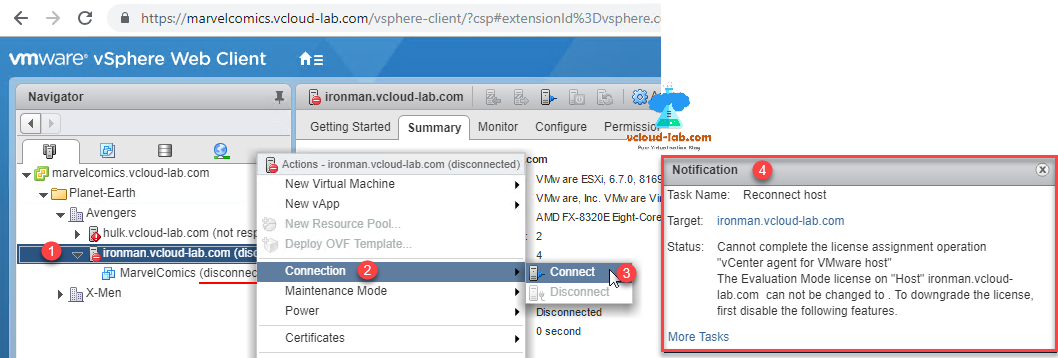


The only way to effectively deal with VDI network latency is to address the underlying cause, so IT needs to know where the bottleneck originates. Network performance monitoring also helps IT determine the source of latency. That way, an administrator who notices a gradual increase in latency over time can add additional network capacity before the latency causes problems. Whatever performance metrics IT records initially can serve as a benchmark to compare against any future metrics. Performance monitoring tools are useful for troubleshooting problems, but also for spotting long-term trends. VMware, for example, suggests that IT plan for 100 to 150 Kbps for basic Horizon View users who do not work with video or 3D graphics.Īfter establishing an acceptable amount of latency, it is important to monitor the network's performance. That barometer is going to vary considerably from one organization to the next, but VDI vendors typically provide network bandwidth recommendations. How IT can fight latencyįirst, IT needs to define what it considers a normal amount of latency in its VDI deployment. Remember, it is impossible to fully control network latency problems, but there are some guidelines administrators can follow to ensure the best possible VDI user experience. IT should primarily focus, though, on ways it can optimize the performance of users' virtual desktops. Admins can help themselves out by communicating to users when a latency issue is out of their control, or by educating workers on best practices to ensure strong network connectivity. The user's internet connection may be slow, which results in poor VDI performance, even though the VDI setup itself is healthy. Latency can also be an issue for users who connect to virtual desktops from public networks. The only way to effectively deal with VDI latency is to address the underlying cause.


 0 kommentar(er)
0 kommentar(er)
